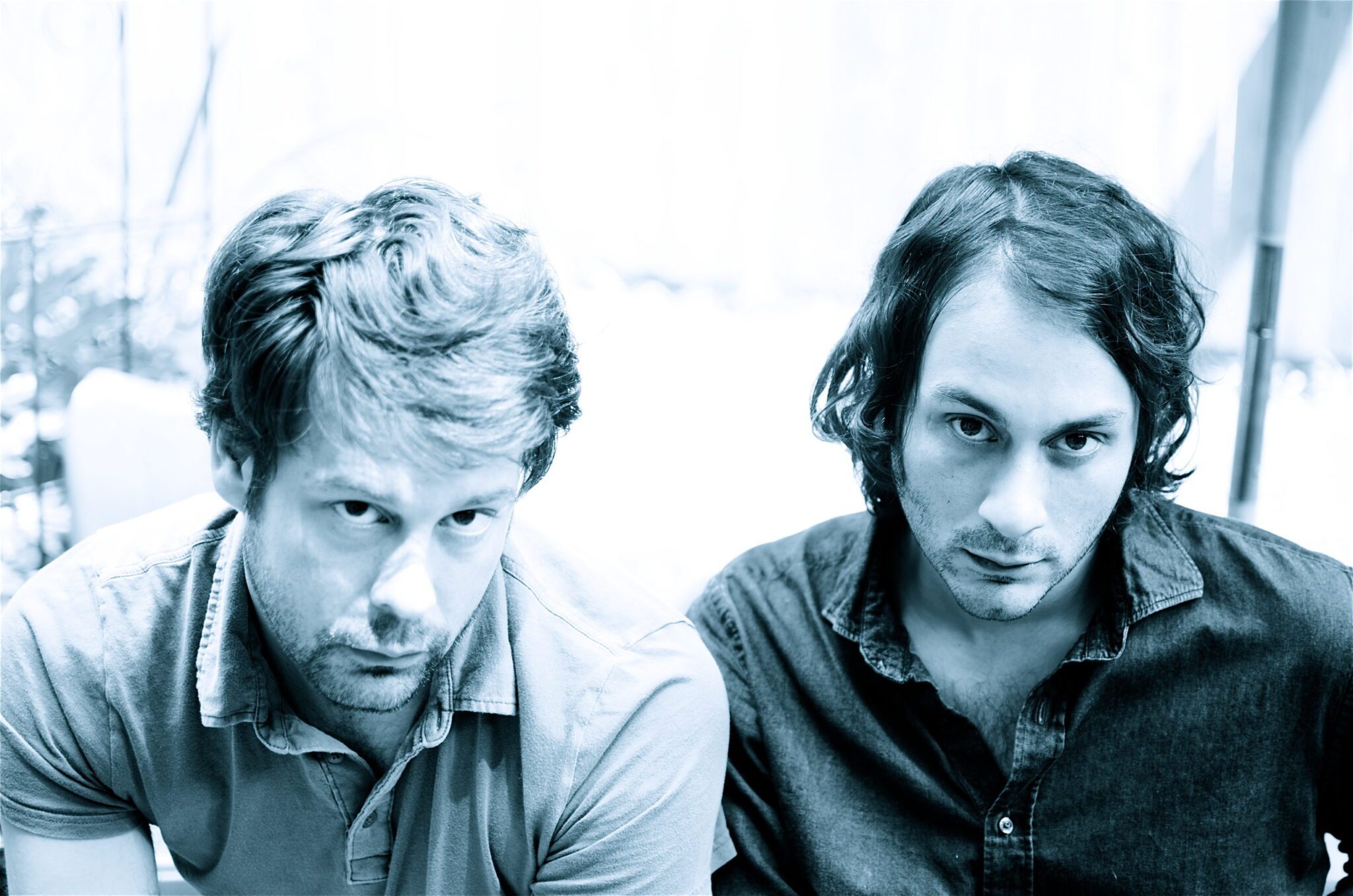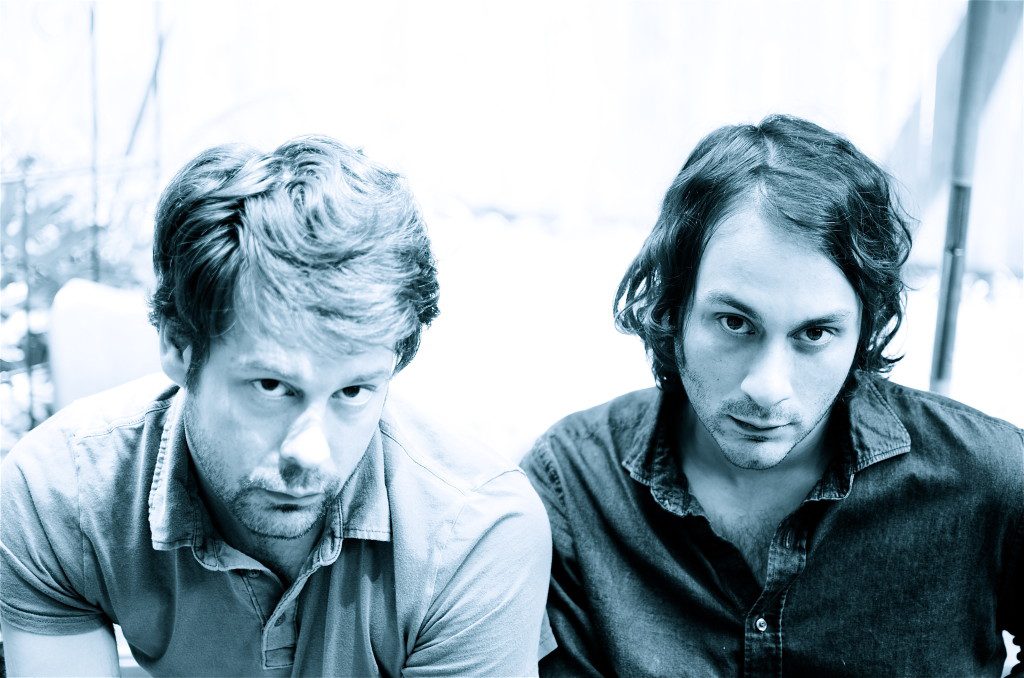ALBUM REVIEW: Morgan Delt “Morgan Delt”

“I think we’ve become stuck in time and everything is going to happen all at once from now on,” Morgan Delt has commented, regarding the resurgence of sixties and seventies influences in the impressive amount of psychedelic- music coming out today. It’s an interesting phenomenon, one that gets more prevalent all the time–new music sounding like it’s from an old decade–and it’s not just one era new music is channeling, it’s all of them: eighties and nineties throwbacks occur almost as often as sixties and seventies throwbacks do. What makes Delt’s self-titled debut, out yesterday on Trouble In Mind Records, interesting isn’t his carefree-Californian psych-rocker theme, it’s the way he goes about making that theme happen in the music.
At the very beginning of last year, Delt released a 6-track cassette called Psychic Death Hole. Being on the short side, it didn’t do anywhere near justice to Delt’s potential for scope, but it did do a pretty good job of convincing everyone who listened to it that he could do sixties psych-pop. The familial resemblance was blandly straightforward, though, like Delt had copy and pasted straight out of the Unknown Mortal Orchestra songbook. This isn’t to imply that the music had no imagination of its own, just that it wore its influence on its sleeve very conventionally. No one could have extrapolated anything about psychedelic music from hearing Psychic Death Hole that they couldn’t get anywhere else.
Morgan Delt was finally released yesterday, after a couple of track teasers that left the AudioFemmes of wintry New York salivating for a sunnier climate (here and here). It’s an intricate album, very colorful and intelligently orchestrated. There’s plenty on here to recall the sixties, too, although many of the bells, whistles and ambient noise that turn up between those smoky hooks come off surprisingly futuristic. Time collapses, and musical memories aren’t presented in terms of narrative or chronology. Instead, Delt rips up all his idols into confetti, tosses them in the air, and makes it rain. The resulting mosaic is what he knits together out of the snippets.
Delt’s method of picking and choosing–with a greater fidelity to his own project than to any of the influences he cites–suggests self-portraiture: he’s tying the album together based near-solely on his own vision, despite the genre turf he treads. There’s certainly enough space on this album–unlike the preceding cassette–to get a long look at its creator. “Morgan Delt’s debut LP expands on [fusion_builder_container hundred_percent=”yes” overflow=”visible”][fusion_builder_row][fusion_builder_column type=”1_1″ background_position=”left top” background_color=”” border_size=”” border_color=”” border_style=”solid” spacing=”yes” background_image=”” background_repeat=”no-repeat” padding=”” margin_top=”0px” margin_bottom=”0px” class=”” id=”” animation_type=”” animation_speed=”0.3″ animation_direction=”left” hide_on_mobile=”no” center_content=”no” min_height=”none”][Psychic Death Hole‘s] tracks and brings forth a fully realized glimpse into the California native’s twisted brain,” reads the album notes. If that’s true, I don’t think Delt’s brain is all that twisted–it’s a whimsical album with a lot of color, but is overall pretty lighthearted. And the textures on this album–the crisp instrumentals on “Mr. Carbon Copy,” the melty smear of vocals on “Sad Sad Trip”–are delightful to listen to.
It’s interesting, though, to think that self-portraiture emerges out of a lack of alignment with chronological history–that, having liberated his songwriting of narrative continuity, Delt could create a collage that, taken altogether, approximates the inside of his brain. I’m not totally sold on this theory. The album may not be memoir, but at the very least, Morgan Delt is a fully-realized glimpse of something.
What do you think? You can buy Morgan Delt’s self-titled album here, and listen to “Obstacle Eyes” below
[/fusion_builder_column][/fusion_builder_row][/fusion_builder_container]






